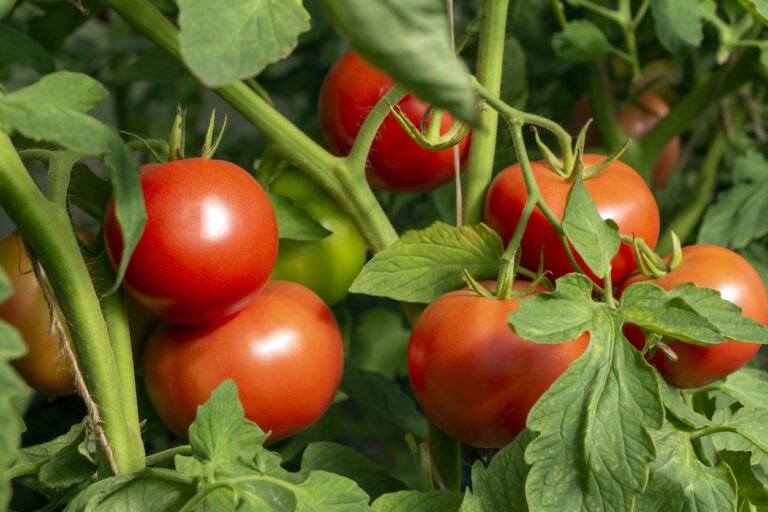If one product is good, more products used together should be GREAT, right? Maybe, but combining the right products is critical to maximize ROI and create effects that are more than the sum of their parts. Our recent research shows that combining organic acid and microbial consortia biostimulants multiples positive effects on the soil microbiome more effectively than either product alone.
Organic Acid Biostimulants Combined with Microbial Biostimulants
Nitrogen is essential for crop growth, but it can be an expensive nutrient. The cost, supply chain issues, and environmental concerns of nitrogen applications have spurred the agriculture industry and growers alike to look for solutions to maximize nitrogen use efficiency. Some biostimulants can help address this issue.
We recently conducted several field trials of organic acid biostimulants used with a microbial consortia to evaluate the effects on yield and nutrient use efficiency. The results demonstrated statistically significant increases in plant vigor, plant tissue nitrogen, plant/root biomass, and increased corn yield.
Applying Multiple Biostimulants to Enrich the Soil Microbiome
Soil health is foundational to crop success. As the agriculture industry has learned more about plant and soil health, the focus has sharpened on the microbiome and the critical role the soil microbiome plays in nutrient utilization and uptake by the plant.
Both complex organic acid and microbial consortia biostimulants can alone enhance the presence of beneficial microorganisms. Recent studies further revealed that combining these biostimulants yields additional significant improvements to the soil microbiome.
Foliar-applied biostimulants also demonstrated an increase in soil microbial populations, which marks a promising advancement in soil health enhancement.. Such improvements in soil biodiversity and microorganism optimization, coupled with better water and nutrient use efficiency, are likely to foster more robust plant growth and may also enhance carbon sequestration.
Increased Opportunities for Applications
The data also indicates that applying organic acids, with or without microbial consortia, positively influences a variety of microbial classes at several stages of the crop growth cycle. That data, along with the positive influence of the foliar application, suggests it’s possible to consistently optimize the soil microbiome throughout the entire season.
The increased opportunities for biostimulant applications later in the year, plus the ability to combine complementary technologies, enable growers to leverage multiple modes of action working together without extra passes in the field. The biostimulants in the studies we referenced here help maximize grower return on investment for their nutrient applications.






